Disclosure: Joyfully Domestic may earn a commission for purchases made after clicking links on this page. View our disclosure policy for details.
In this post, I’m sharing how we are combining The Children’s Tradition with The CMEC. I would define our curriculum and philosophy of education as a classical Charlotte Mason homeschool.
We love a lot of what Charlotte Mason teaches, but also love the idea of John Senior’s list of 1000 Good Books as a part of Great Books. And the poetic mode of education is exactly what I have been missing all along.
I want to say that we are not curriculum purists and this is the beauty of homeschooling — choosing what is best for your particular family situation!
All that being said, I’m sharing what we use from each and how we combine them in our home. I also wrote up a post explaining a bit more about the poetic mode of education vs Charlotte Mason + ideas for combining them.
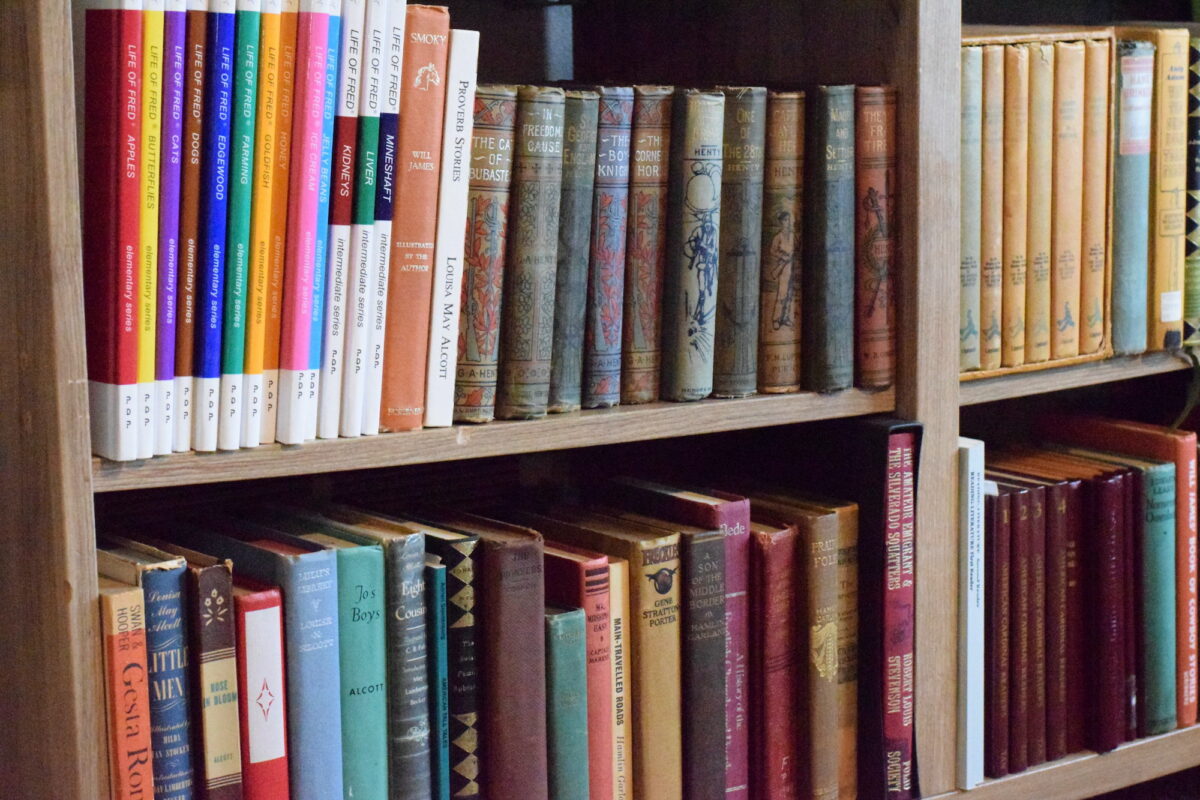
For context, I have students going in to Form 1 and Form 2 (years 1, 4, 6 + special needs) and I think that the best way to organize this is to go by each category.
I will also share details on what we are using in our annual curriculum post — coming soon!
The children’s Tradition Discount Code
For Joyfully Domestic readers: use code JOYFULLYDOMESTIC for 10% OFF!
Mother’s Education Course
I do LOVE the Mother’s Education Course that The CMEC puts together each year. This will be my 4th year attending and I’ve learned so much about myself and how to grow as a mother-teacher through this course.
I love the structure and there’s time to think through these lovely ideas slowly, narrate for yourself, and attend a live meeting for discussion. I always find it inspirational to glean new wisdom from other mother-teachers.
It is structured or based on Charlotte Mason’s writings with suggested readings from her books each month, plus Parents’ Review articles, too. I rarely have the opportunity to catch the meetings live, but the videos are recorded and I can move through them at a pace that works for my schedule.
In addition, The CMEC has a ton of courses and additional helpful content for learning as a mother-teacher!
Within the Toolshed for the The Children’s Tradition, Amanda has also been working to build up courses for education on the poetic knowledge, and more.
Morning Time / Benediction Table
I love the format that The Children’s Tradition (TCT) uses for morning time aka Benediction table. We’ve used this as a guide and made many adjustments to what is important for our family and Traditional Catholic faith.
We begin with a morning prayer — usually the Morning Offering (still trying for it to become a daily habit for my youngest children to pray this first thing!), then we pray acts of faith, hope, and charity, guardian angel prayer, and sing a seasonal appropriate hymn.
It is recommended to sing the psalms in TCT, but we are not doing this. Instead we alternate days with Traditional Catholic hymns in Latin and folk songs on other days.
Eventually, I’ve considered adding some of the prayers from either the Divine Office or Little Office of the Blessed Virgin Mary into our prayer routine. But, we aren’t ready for this yet.
I have shared a bit about musical education in our homeschool here.
Other things we alternate through in our morning time:
- Bible — OT & NT following The CMEC schedule and we use our Douay-Rheims bible and commentaries from Lapide and Knecht. Last year, I purchased these bibles for each of the children to keep as their own and follow along with our readings and it was a BIG hit!
- Catechism — using the Baltimore Catechism
- Daily reading of the Lives of the Saints
- Poetry — we use the Harp & Laurel Wreath or seasonal relevant poems. Walter de la Mare’s collection Come Hither is great if you can find a nice vintage edition.
- Aesop’s Fables
- Recitations
- We alternate between a short devotional or liturgical instruction
- Short Spanish lesson — we use Cherrydale Press and they are super short and gentle lessons. But, be sure to get the audio if you’re not fluent in the language. We will move to French lessons in a year or two.
- And lastly we work on habit training readings or review…we take a few minutes to introduce or review a habit and have a collective discussion.
In all, we get through our morning time in about 30 minutes each day. For more about our routines and schedules:
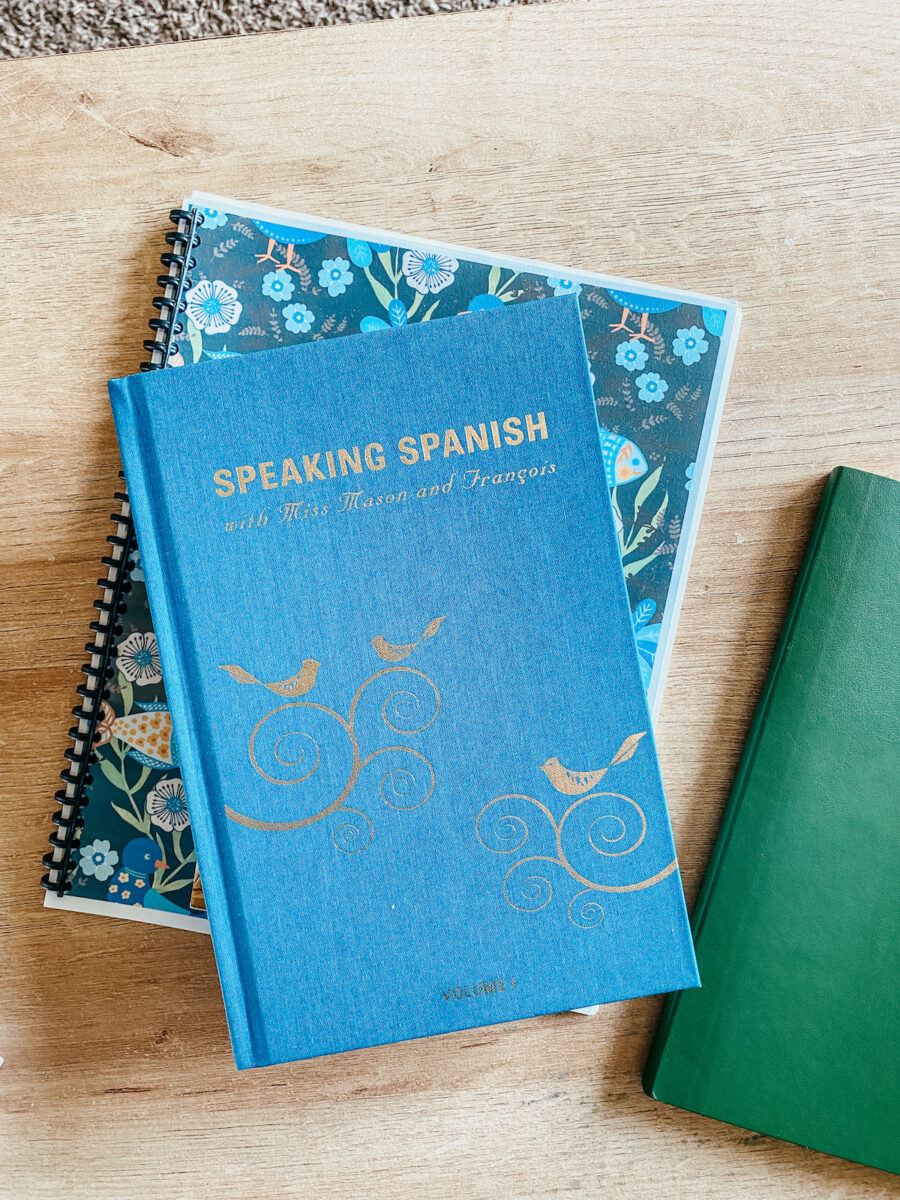
Common Subjects
We are following The CMEC for the majority of the Common Subjects. These include:
- Artist study
- Composer study
- Handicrafts
- Art instruction — we also use Lily & Thistle for watercolor lessons.
- Foreign language songs
- Folk dancing + physical exercise
- Solfege + singing games
The CMEC also has some great guides for reading through Plutarch that I’ve found really helpful.
Language Arts
TCT and CMEC are very similar in their approach to language arts. I wrote recently about the foundation of language arts in a Charlotte Mason education. While I had dabbled with some other workbooks and things in the past, I found this method to be best and it is what we follow for our home.
We also begin using Charlotte Mason’s first grammar lessons in form 2. In TCT it is delayed until about year 8.
Other options that are great:
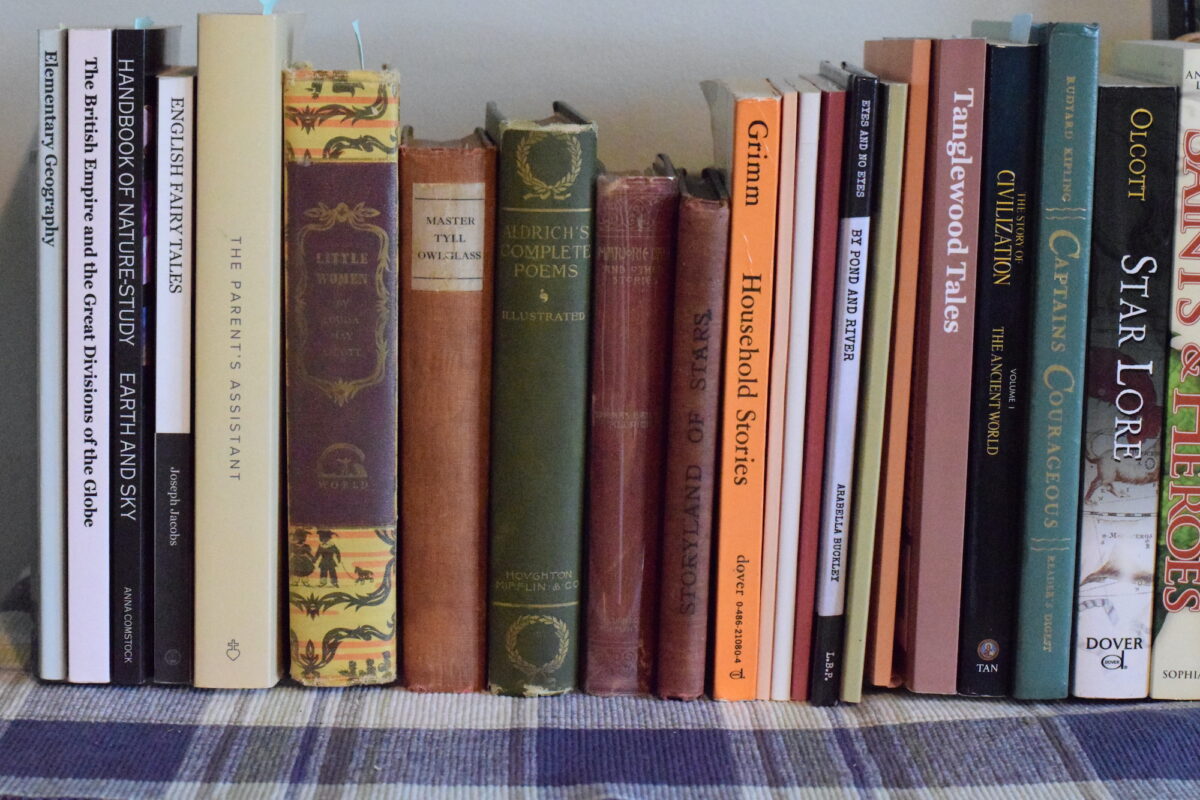
Natural History / Nature Study
I like what The CMEC has to offer for *most* of nature study, special studies, and natural history. We are combining a lot in this area for my family to simplify things for all of us.
Note: The CMEC does use some books for nature study that I’ve found to be problematic with being evolutionary leaning so we don’t use those. But this is something that pre-reading plays a role in and using discernment for what is best for you and your family. My children understand and believe in God as the Creator of life. And so, I believe in having good conversations with my children when such topics arise after they’ve become mature enough to understand.
Both TCT and The CMEC recommend similar books for natural history. And we like to use the Eyes and No Eyes series and the Handbook of Nature Study for our reference and studies.
Stargazing is something that many of us have truly missed out on in our lives. It wasn’t until I got married and moved to the country that I noticed how clear the sky is and vibrant the stars are! Sad to say, this is also when I saw my first shooting star.
Stargazing is reintroduced to us through TCT and something I’m becoming more intentional about having my children enjoy regularly.
History & Geography
I have really struggled with finding a history curriculum that we loved and was not full of anti-Catholic bias (some bias I’m ok with…see note below for more info) or they may be heavily Protestant leaning. And over the years, I’ve used reprints of vintage Catholic history books from TAN.
While they have many great options for books, the history selections aren’t really living books and so I’ve decided to change things up to keep with poetic learning.
And the best way that I’ve found to do this is with a big variety of historical fiction, historical biographies, and historical accounts (also included with TCT for the upper years), and lives of the saints/catholic biographies.
I am combining a mix from both TCT and The CMEC for history, but not using a specific spine or time period. The children will also keep a book of centuries with illustrations from all history studied (Bible, American, British, General, Historical accounts, etc.).
In addition, we are using a lot of what The CMEC recommends for geography lessons and map work . For my form 2 students, we are also including studies of the United States from Verily Schoolhouse.
Note: TCT recommends a lot of G.A. Henty as per John Senior’s book list. And some of them seem to be ok, but there are a few that have a bit of anti-Catholic bias. But also — I want to share my take on this. I think it is important to cover these topics with children and we don’t avoid certain stories just because of this. It is important for us to have discussions and know how Catholics were treated in history. We balance this out with plenty of stories of saints and other Catholic heroes. Of course, this also depends greatly on the age and maturity of the child. For the younger years, I avoid the anti-Catholic bias completely. But as they grow older, we have very good discussions around these issues.
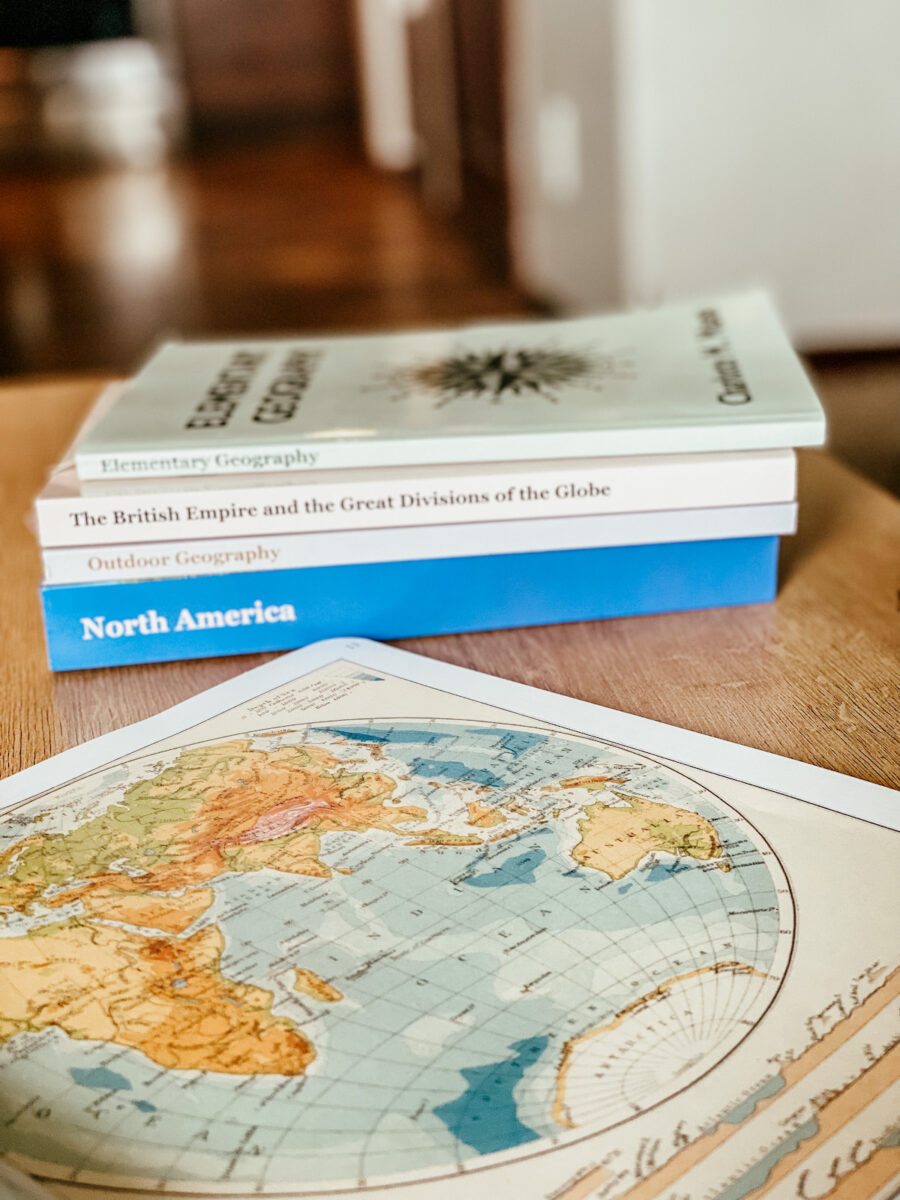
Literature
From literary novels to adventure stories, we are using most of the recommendations from TCT. I love that there’s so many good classical reads in this curriculum! However, John Senior’s list seems to be geared heavily towards boys. He did say that his list is not a complete list, so I don’t feel bad about making adjustments wherever needed. 😉
So, I do pair down a few of the adventure stories for my daughter since she is more drawn to novels from authors like Louisa May Alcott and L.M. Montgomery. We don’t eliminate them completely, just limit them a bit.
We don’t follow John Senior’s take on Shakespeare because I don’t really agree with it, tbh. But I do agree with Charlotte Mason when she said,
“Shakespeare is not to be studied in a year; he is to be read continuously throughout life, from ten years old and onwards. But a child of ten cannot understand Shakespeare. No; but can a man of fifty? Is not our great poet rather an ample feast of which every one takes according to his needs, and leaves what he has no stomach for?”
VOL. 5, FORMATION OF CHARACTER, P 226
For more, read on how we learn Shakespeare in our classical homeschool.
I also don’t agree with Senior’s take on Narnia — but that’s another story for another day! 😅 If you’re interested, here are some fantastic recordings of John Senior and Dennis Quinn discussing Good Reading for Children. Highly recommend!
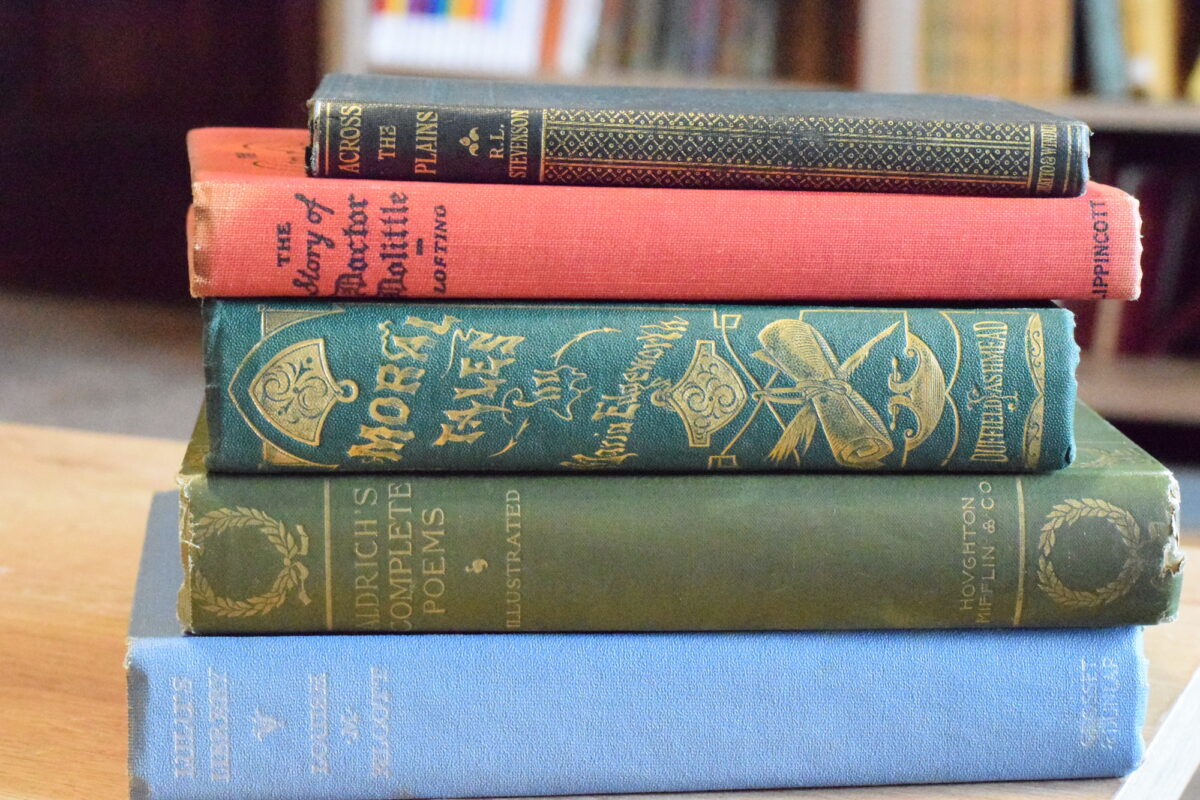
Fairytales, Myths, and Fables
I love that this is continued on in upper years with TCT. I think fairytales should continue throughout a lifetime. Personally, I still find a lot of delight in them myself.
We use a variety of options for these and I shared a lot of them in this post:
Fairytales, Fables, Legends, and Myths in a Catholic Education
In a future post, I will share more details about what books we are using for each grade in our annual curriculum blog post.
Resources for the Mother Teacher
- An Education in Wonder + Changes to our Homeschool
- What is an Education in Wonder? A Guide to the Poetic Mode
- Musical Education in the Classical Homeschool
- Fairytales, Fables, Legends, and Myths in a Catholic Education
- The Children’s Tradition” — Use code: JOYFULLYDOMESTIC for 10% OFF!
- Awakening a Sense of Wonder in the Mother Teacher
- “The Death of Christian Culture” by John Senior
- “The Restoration of Christian Culture” by John Senior
- “John Senior and the Restoration of Realism” by Fr. Francis Bethel
- Recordings of John Senior and Dennis Quinn discussing Good Reading for Children
- “Tending the Heart of Virtue: How Classic Stories Awaken a Child’s Moral Imagination” by Vigen Guroian
- The Home Education Series by Charlotte Mason
What stands out to you from these ideas?
I hope that you found this post helpful as you build out your home education in delight and wonder! I’d love to hear what resonates most! Tell me what you think and/or share your favorite recommendations with us!
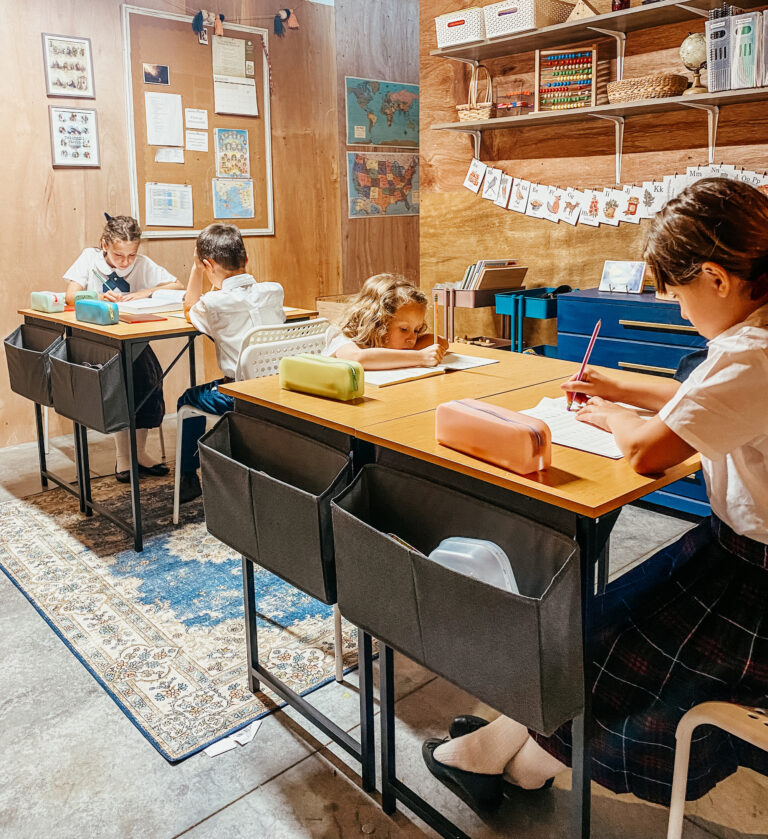
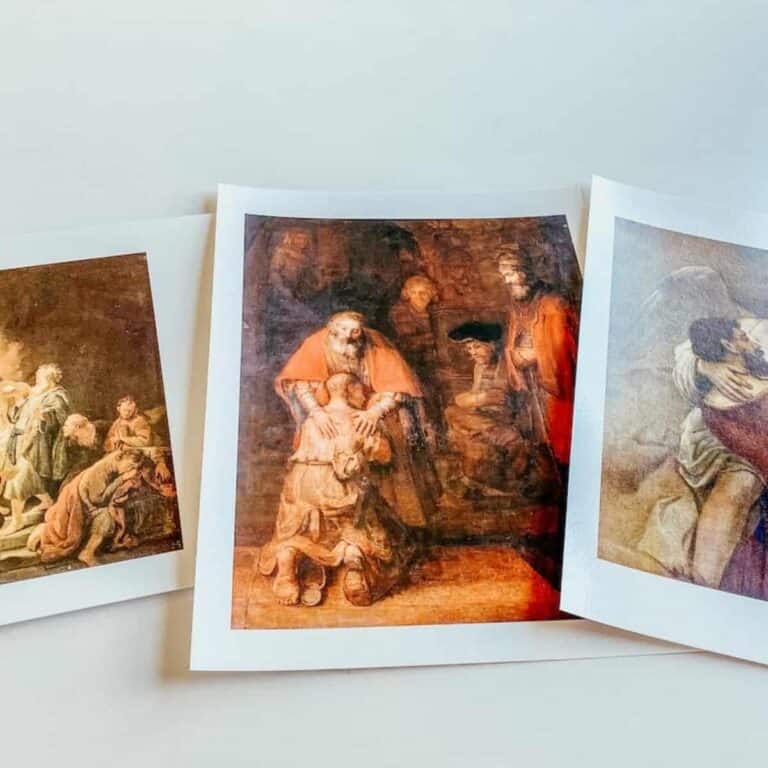
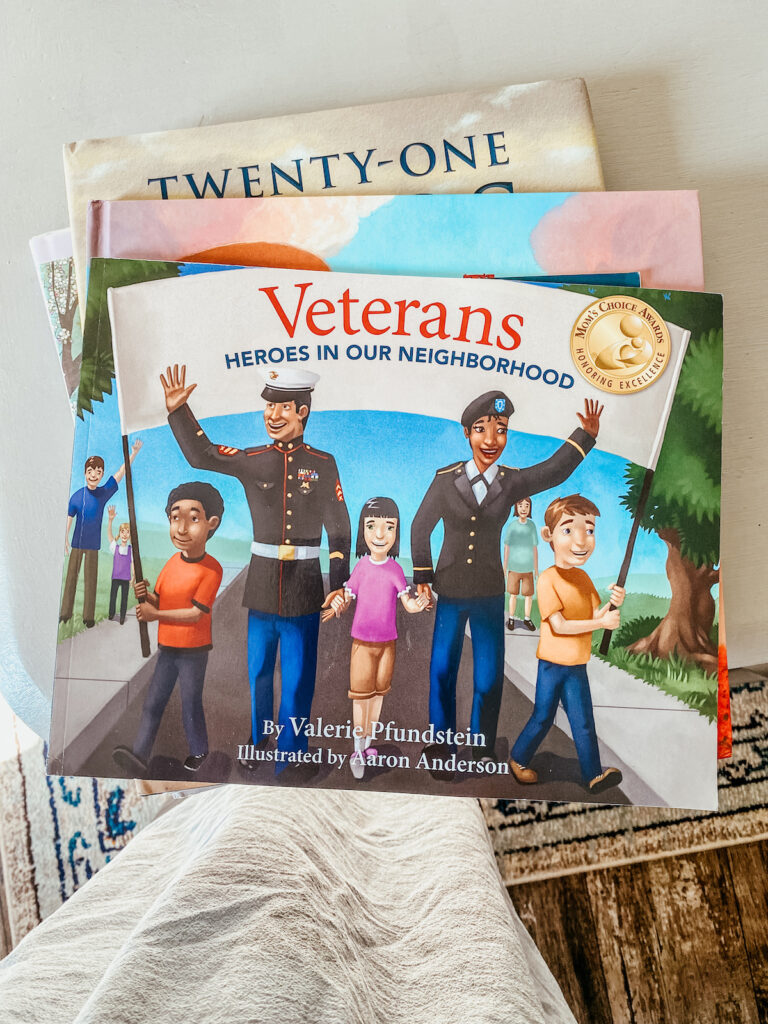
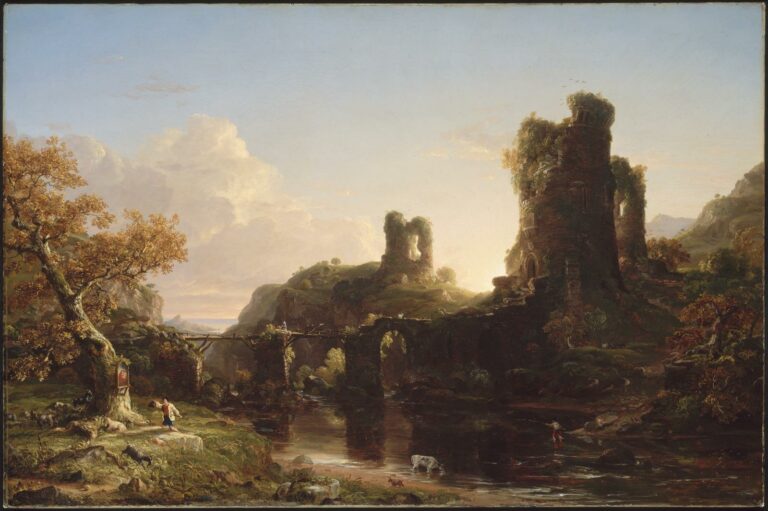

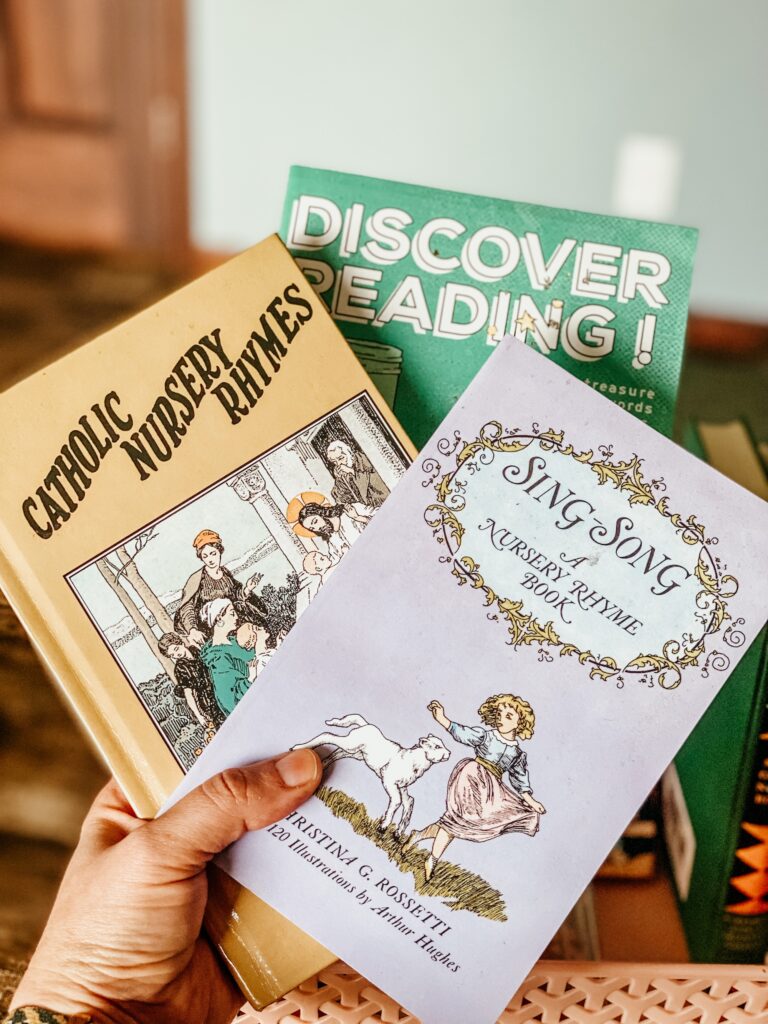
Random question: may I ask what led you to go with CMEC vs Mater Amabalis?
The CMEC just has more to offer and is a better fit for my family. They provide excellent courses, Mother’s education, additional helpful resources, handicrafts, and so much more! When I have looked into (and even briefly used) Mater Amabilis, I just did not like a majority of the book recommendations. They do have some great options, too! But some of them are modernized and just not a good fit for my family. That being said, I do not just use The CMEC. I combine between The Children’s Tradition, The CMEC, and other sources for things like Catechism, History, etc.
Thank you for your insights Mary. I have been weighing the ups and downs of subscribing to both, and with a 14 year old girl that is not really catered for yet in TCC, it might be worth my while to combine both. I would also like to add in some more natural history for the younger ones, but being in Australia we usually have to add in a few local books anyway. I have to say we are enjoying the more relaxed pace of TCC.
God bless you Mary, your posts are always so timely.
Thank you so much, Tania! I hope that you have a beautiful year ahead with TCT! 🙂 God bless you!
Thanks for sharing!! We are a Catholic homeschooling family with 5 kids and one on the way(grades 10/8/6/1st). Fyi…the book “Designing Your Own Classical Curriculum ” by Laura Berquist has great historical fiction picks !
Thank you for sharing with us! 🙂